Where the Pacific and Atlantic Oceans meet there is a dividing line with different water colors on both sides due to differences in salinity, temperature, and chemical composition of the seawater.
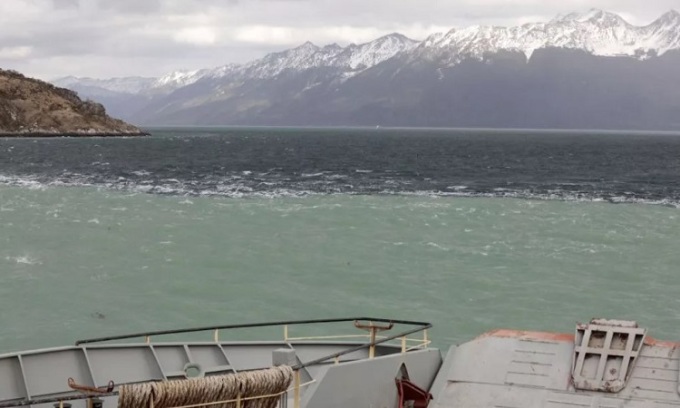
The meeting point of the Pacific and Atlantic Oceans in the Beagle Channel in Tierra del Fuego, Chile. Photo: Dea
The Pacific and Atlantic oceans are not actually separate, but rather mix at different rates in each place, says Nadín Ramírez, an oceanographer at the University of Concepción in Chile. The two liquids mix slowly. At the meeting point of the two oceans in the Beagle Channel in Tierra del Fuego, Chile, the Pacific water is a deep blue while the Atlantic water is a brighter green. Because the water on one side may be saltier, cleaner, or colder, these differences take time to neutralize. Strong winds and large waves can speed things up, just as ice cream dissolves faster in coffee if stirred vigorously.
The Pacific and Atlantic oceans mix more quickly in some places than in others. The two oceans meet near the southern tip of South America, where there are many small islands. Water moves relatively slowly between those islands, and the Strait of Magellan is a common route through the archipelago. Where the strait joins the Atlantic, there is a dividing line down the middle. The Pacific waters have a different color because of more rainfall and lower salinity. But the waters separate only for a short time before storms and waves erase the boundary.
Ocean water also mixes at great depths. Daily tides drag water back and forth across the rugged seafloor, says Casimir de Lavergne, a researcher at the Sorbonne University and the French National Center for Scientific Research (CNRS). That creates a lot of turbulence. But water from different sources can move around the ocean without mixing. The ocean has different layers of water, each with its own characteristics depending on where the water comes from. In the middle layer, far from the surface and the seafloor, water mixes very slowly because it is less disturbed.
Researchers distinguish between the concepts of mixing and exchanging water. "Mixing means the water is permanently changed and cannot be returned to its original state. But you can exchange two bodies of water without changing their properties," Lavergne explains. Due to global ocean currents, the Pacific and Atlantic oceans regularly exchange water.
The powerful Southern Ocean Current around Antarctica pulls water clockwise around the Drake Passage from the Pacific Ocean to the Atlantic Ocean. It also pulls water from ocean basins and pumps it back. Another current moves water from the Pacific Ocean through the Indian Ocean and around the tip of South Africa to pump it into the Atlantic Ocean from the other direction. The water always mixes at the edges of these currents. But because the layers of water appear completely mixed, oceanographers can track the water masses as they move around the globe.
An Khang (According to Live Science )
Source link


![[Photo] Prime Minister Pham Minh Chinh chairs the Government's special meeting on law-making in April](https://vstatic.vietnam.vn/vietnam/resource/IMAGE/2025/4/13/8b2071d47adc4c22ac3a9534d12ddc17)
![[Photo] National Assembly Chairman Tran Thanh Man attends the Policy Forum on Science, Technology, Innovation and Digital Transformation](https://vstatic.vietnam.vn/vietnam/resource/IMAGE/2025/4/13/c0aec4d2b3ee45adb4c2a769796be1fd)






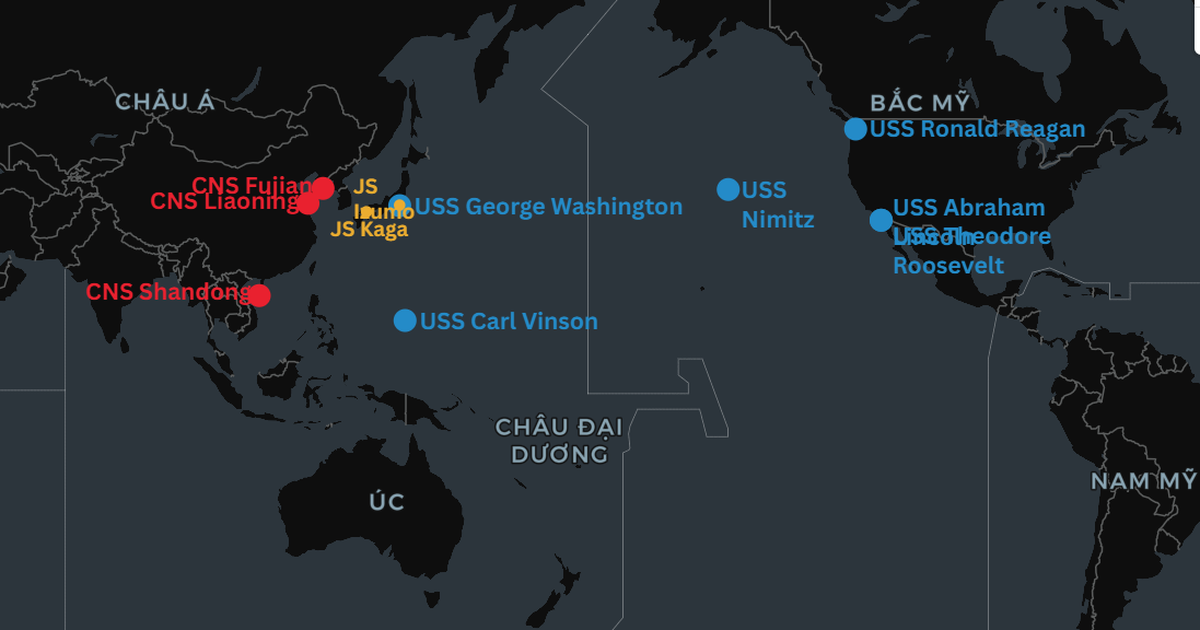







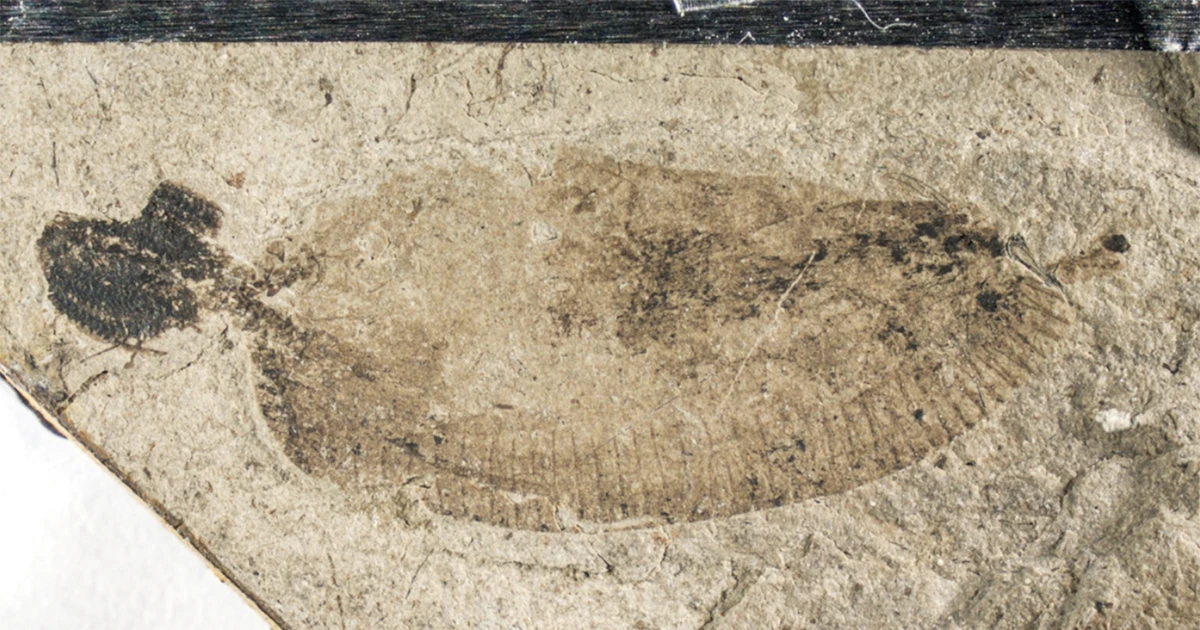


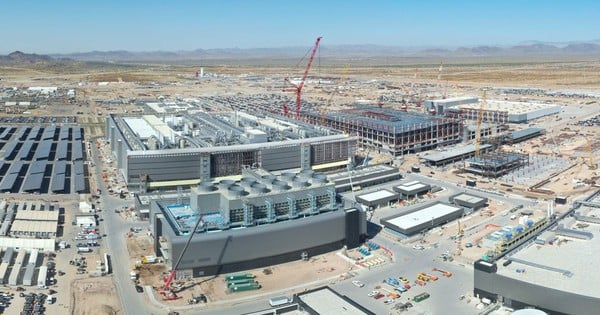










































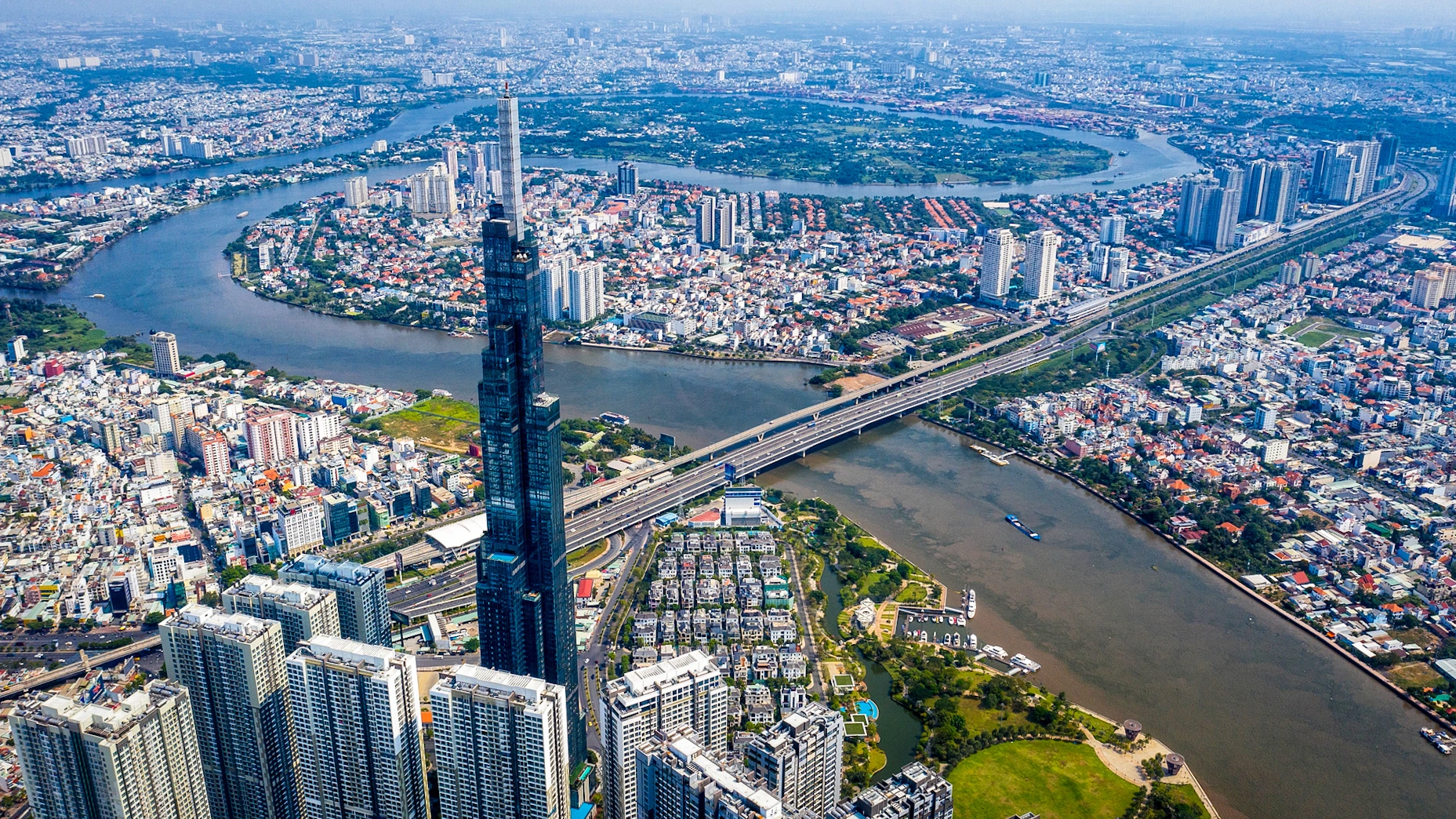




















![[Podcast]. Kites and Childhood](https://vstatic.vietnam.vn/vietnam/resource/IMAGE/2025/4/13/a4697c2294a843f39084a21134c3feb0)











Comment (0)